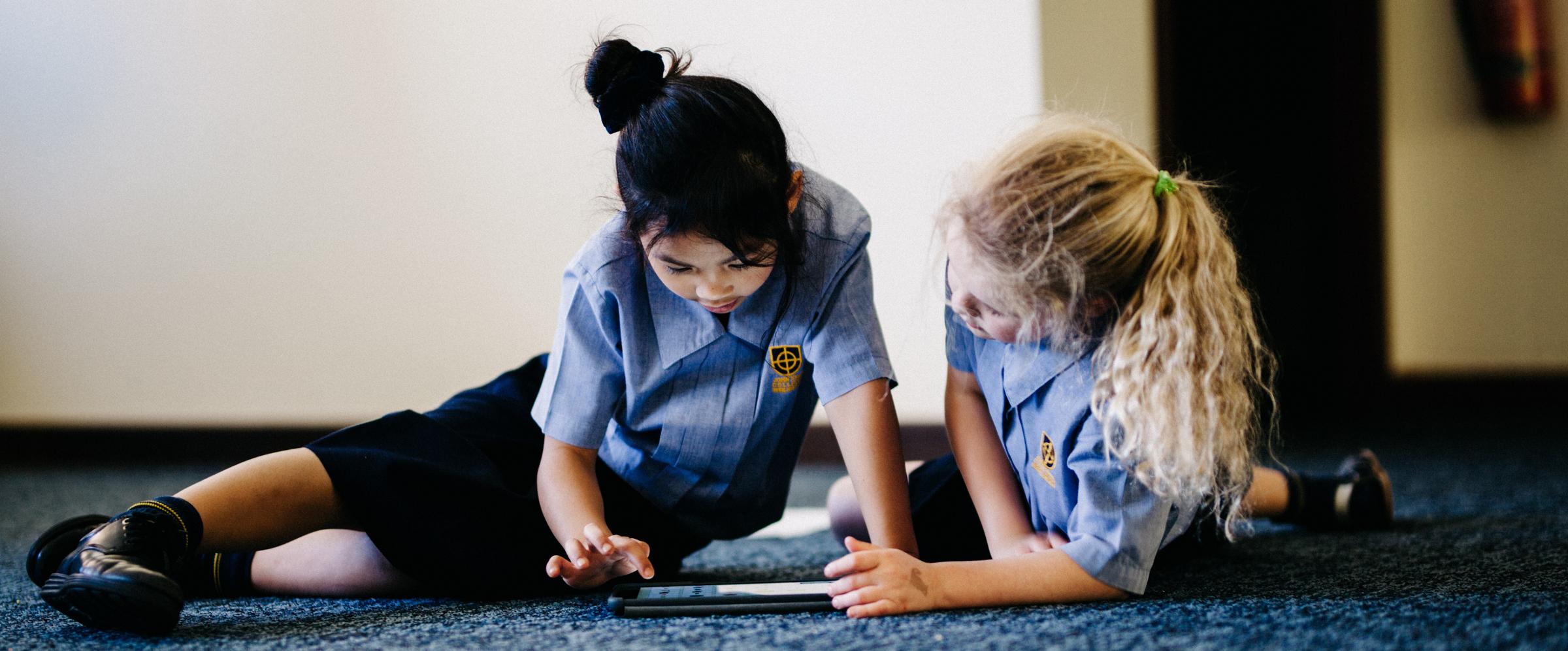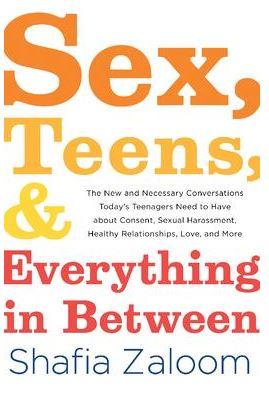Cyber Safety

Concerned about sexting? Be the 'Askable Parent'
When it comes to teens and sexting, many parents’ advice comes down to three little words: “Just say no.” But experts agree that dialogue - not sweeping parental pronouncements - is the best way to keep young people safe and sensible online.
“Be the Askable Parent,” is how sex educator and author Shafia Zaloom puts it in her book Sex, Teens and Everything in Between, which offers evidence-based advice to mums and dads on dealing with the realities of nude image-sharing.
In Australia, according to a survey by the Office of the eSafety Commissioner, one in three young people aged 14-17 say they’ve experienced sexting in some way (sending, receiving, asking, being asked, or sharing intimate images).
With the spike in screen-time associated with coronavirus restrictions, the practice has become even more widespread, with reports of image-based abuse skyrocketing by 86 percent, says eSafety Commissioner Julie Inman Grant.
So how to talk to your kids about it? First, says Zaloom, kids need to understand the concept of consent. The example she uses with her students? Hot chips.
“What happens when you sit down with a big plate of fries at a table with a bunch of friends?” she asks.
“Then I ask, ‘You OK with that?’ Most of the kids shake their heads no. They say, ‘They’re mine. They belong to me.’ ‘Yeah, they didn’t ask.’
"What’s so important about asking? ‘It shows they respect you, and care about how you feel about sharing something that’s yours.’”
Young people who yearn for social approval - which is to say, all young people - hesitate to put an end to chip-sharing for fear of creating tension in the group.
“Just as your fries belong to you, your body does too."
Saying no is especially hard at this stage of life. Teenagers are developmentally primed to seek peer-group acceptance. Social media has exacerbated the effect, as kids are socialised to find self esteem based on the “likes” and approving comments of others.
Zaloom has found that young people need to hear the message that “sexual agency is essential.
“Just as your fries belong to you, your body does too. You’re responsible when you choose to touch, and you get to choose how you’re touched because your body and sexuality belong to you.”
And when young people are sent sexual images they haven’t asked for - and that means girls in the overwhelming number of cases - “it may be experienced as the recipient having fries shoved down their throat.”
Avoid blame and shame
As for opening up dialogue - Zaloom stresses that parents need to steer clear of blame and shame. Talk “up” instead of “down” to your child.
That means avoiding judgmental statements like “Why would anyone send nudes?” in favour of a more indirect approach - something like, “I saw on the news that more adults are sexting right now. Do you think it’s the same with people your age?”
Keep it brief
Keep any individual discussion short - teens understandably have a dread of The Big Talk - and aim instead for casual but ongoing conversations.
Invite critical thinking
The endgame here is to get teens to think through the issues for themselves. And that means encouraging critical thinking and problem-solving.
Try questions like “What would happen if someone asked you to sext and you refused?” or “How do kids manage situations like that?”
Parents who understand that young people are, almost by definition, insecure about their place in their social world will be better placed to explore more nuanced options than “just say no.” And kids who see their mums and dads as Askable Parents will be much more likely to seek advice when they need it.
Reference: https://www.familyzone.com/anz/families/blog/concerned-about-sexting-askable-parent


